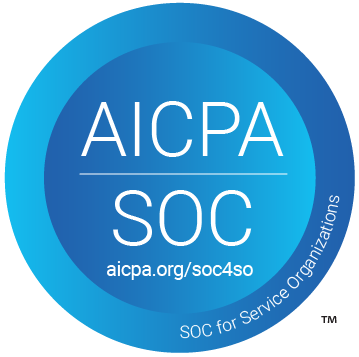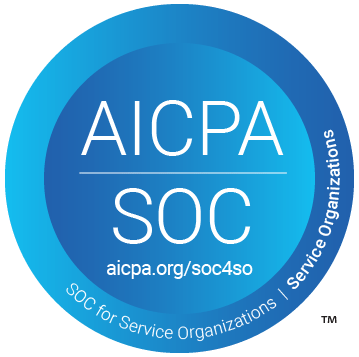Learn how to automate content creation using Pabbly Connect with Google Sheets and OpenAI. Follow our detailed guide for seamless integration. Implement the precise methodologies leading organizations use to automate repetitive tasks, illustrated with practical examples designed for immediate application.
Watch Step By Step Video Tutorial Below
1. Accessing Pabbly Connect for Content Automation
To start automating content creation, first access Pabbly Connect by visiting its official landing page. Here, you will find options to sign in or sign up for free, allowing new users to explore the platform with 100 free tasks monthly.
Once signed in, navigate to your dashboard and click on the ‘Access Now’ button for Pabbly Connect. This will take you to the workflow creation area, where you can set up your automation process for integrating Google Sheets and OpenAI.
2. Creating Your Workflow in Pabbly Connect
In Pabbly Connect, click on the ‘Create Workflow’ button to initiate a new automation. You will be prompted to name your workflow and select a folder for organization. For instance, name it ‘Automate Content Creation from Webhook Data Using OpenAI and Add Data in Google Sheets’.
After naming your workflow, you will enter the workflow window, which consists of two main components: a trigger and an action. The trigger identifies the event that starts the workflow, while actions are the subsequent steps that follow.
- Select ‘Webhook’ as the trigger application.
- Choose ‘Catch Webhook’ as the trigger event.
- Copy the provided Webhook URL for later use.
These steps set the foundation for your workflow, allowing you to capture data from your content request form and send it to OpenAI for content generation.
3. Connecting Applications with Pabbly Connect
After creating your trigger, it’s time to connect your applications. In this case, we will use Pabbly Form Builder to send data to Pabbly Connect. Open your Form Builder application, navigate to the integration settings, and paste the copied Webhook URL.
Once the Webhook URL is saved, perform a test submission through your form. Fill out the required fields, such as client name, email, and content type, then submit the form. This action will send the data to Pabbly Connect, allowing it to capture the response.
- Enter demo user details in your form for testing.
- Select the content type (e.g., blog or article).
- Submit the form to trigger the webhook.
After submission, return to your workflow in Pabbly Connect to confirm that the data has been successfully captured.
4. Generating Content with OpenAI via Pabbly Connect
Next, you will configure the action step to generate content using OpenAI. In your workflow, select OpenAI (ChatGPT) as the action application. Choose ‘Ask ChatGPT’ as the action event, then connect your OpenAI account by adding a new connection and entering your API key. using Pabbly Connect
Once connected, you’ll need to set up the prompt for content generation. Utilize the data captured from the previous step by mapping it into the prompt field. This ensures that each new submission generates unique content based on the client’s input.
Select the AI model (e.g., GPT-4) for content generation. Map the client’s content type, audience, keywords, and instructions. Click ‘Save and Send’ to generate the content.
Upon successful execution, you will receive a response containing the generated content, which can then be added to your Google Sheets for review.
5. Adding Generated Content to Google Sheets via Pabbly Connect
The final step involves adding the generated content to Google Sheets. In your workflow, select Google Sheets as the action application and choose ‘Add New Row’ as the action event. Connect your Google Sheets account by signing in and granting the necessary permissions. using Pabbly Connect
After establishing the connection, select the spreadsheet and the specific sheet where you want to save the content. Map the relevant fields from the previous steps, including client name, email, content type, and the generated content.
Finally, click ‘Save and Send Test Request’ to ensure that the data is correctly added to your Google Sheets. After a successful test, you can check your spreadsheet to confirm that all details have been populated accurately.
Conclusion
In this tutorial, we demonstrated how to automate content creation using Pabbly Connect, integrating Google Sheets and OpenAI seamlessly. By following the outlined steps, you can streamline your content generation process, ensuring timely delivery and enhanced productivity.
Ensure you check out Pabbly Connect to create business automation workflows and reduce manual tasks. Pabbly Connect currently offer integration with 2,000+ applications.
- Check out Pabbly Connect – Automate your business workflows effortlessly!
- Sign Up Free – Start your journey with ease!
- 10,000+ Video Tutorials – Learn step by step!
- Join Pabbly Facebook Group – Connect with 21,000+ like minded people!






